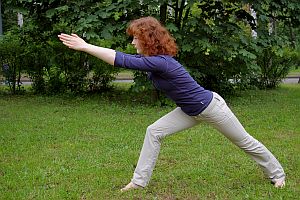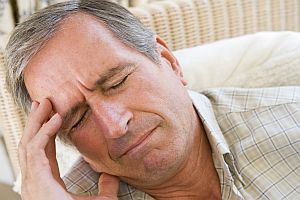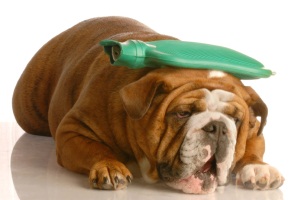Top Foods for a Healthy Nervous System
The health of your nervous system is vital for maintaining all your body’s functions and avoiding a range of potentially serious health problems. But if you’re not getting a sufficient amount of the nutrients needed for good nervous system health, you can experience such as numbness, nervous twitches or even muscle cramps. Fortunately, one of the easiest things you can do to help ensure a healthy nervous system is to eat the right kinds of foods.
Here’s a quick overview of several nutrients that play a key role in keeping your nervous system healthy and working the way it should.
Vitamin B1 (thiamin)
A deficiency of this vitamin can give you that pins-and-needles sensation in the toes or burning feet, especially at night. Good foods for vitamin B1 are beef liver, seafood, brewer’s yeast, beans, eggs and sunflower seeds.
Vitamin B6
Nerve cell communication suffers without this vitamin. Two key neurotransmitters, dopamine and serotonin, depend on vitamin B6 for their production. Bananas, potatoes, and chick peas are good sources.
Vitamin B12
A shortage of this vitamin can result in tingling and numbness in the hands and feet. Clams, fish, eggs, meat and dairy products are key sources of vitamin B12.
Copper
Like vitamin B6, this mineral is essential for the production of neurotransmitters. A severe lack of copper in your diet can lead to spinal cord degeneration and a progressive failure of nerve function. Liver and oysters are the best sources. Add prunes, spinach and kale (as well as other dark, leafy green vegetables), and nuts to your diet for even more copper.
Healthy foods for good nervous system function include the following:
Spinach—In addition to containing a powerhouse stock of nutrients and vitamins, this leafy green vegetable also contains an abundance of antioxidants to boost overall health and slow down the aging of the brain and nervous system.
Whole grains—Brown rice in particular contains high levels of vitamin B6, which helps to protect against mental deterioration caused by high levels of harmful homocysteines. Whole grains also include magnesium, which is important for the health of your nervous system. Stabilized rice bran contains one of the highest levels of antioxidants of all known foods.
Cocoa—This contains a powerful antioxidant that puts the brakes on oxidative stress that can lead to Alzheimer’s and similar neurological ailments. It is also high in magnesium.
Whey—An excellent food for a naturally calming effect. Rich in L-tryptophan, which the body cannot produce, this essential amino acid is vital in the production of serotonin, an essential neurotransmitter. Low levels of serotonin can lead to depression.
Garlic—This not only includes antioxidants, but garlic can help prevent aging of the brain and prevent infections, too.
So try working more of the above foods into your weekly menus, and feel pleased that you are doing something good for the health of your nervous system!
If feel that you need help with improving your eating habits and diet, we are just a phone call away! You can call at Oblander Chiropractic at 406-652-3553. Dr. Oblander is always willing to meet with you to discuss your nutritional needs!




 If you are middle-aged (40-60, by some definitions) or older, here’s 15-second self-test for you. Do you often find yourself needing to sit down or steady yourself against a table when putting on your shoes or stepping into pants? Do you increasingly need to use the armrests of your chair to “push off” when getting up? Do you generally hold on to handrails whenever you go up and down stairs? If you stand with your feet close together, do you feel unsteady and unable to balance yourself properly?
If you are middle-aged (40-60, by some definitions) or older, here’s 15-second self-test for you. Do you often find yourself needing to sit down or steady yourself against a table when putting on your shoes or stepping into pants? Do you increasingly need to use the armrests of your chair to “push off” when getting up? Do you generally hold on to handrails whenever you go up and down stairs? If you stand with your feet close together, do you feel unsteady and unable to balance yourself properly?



